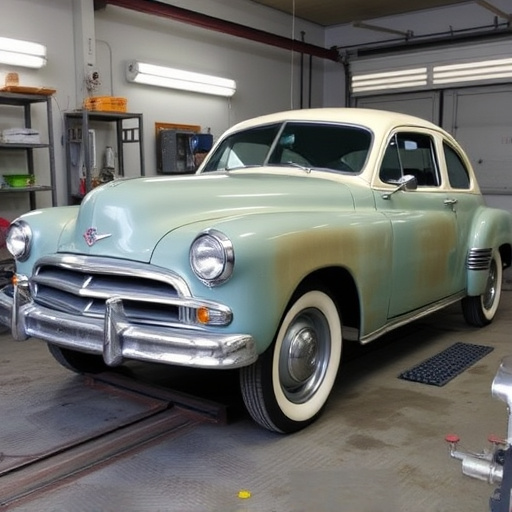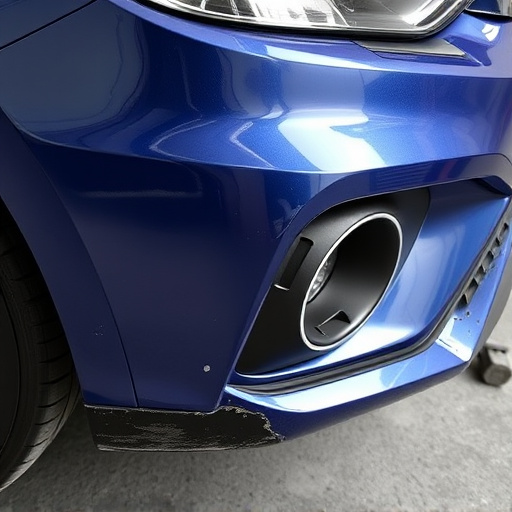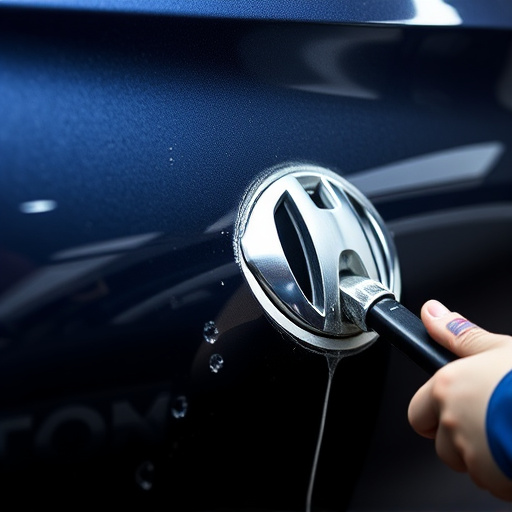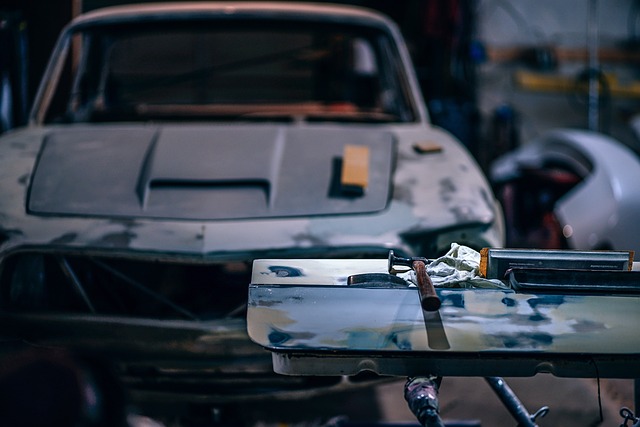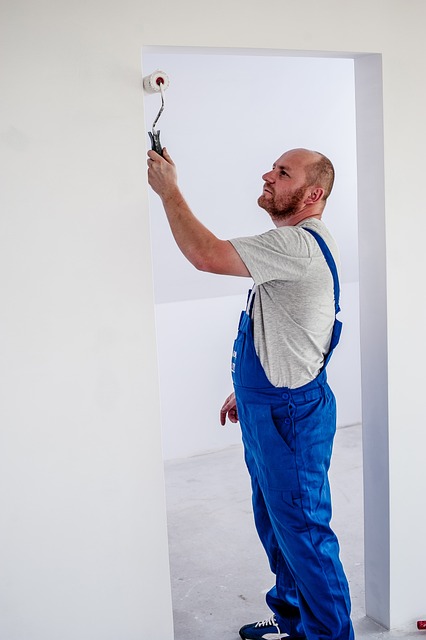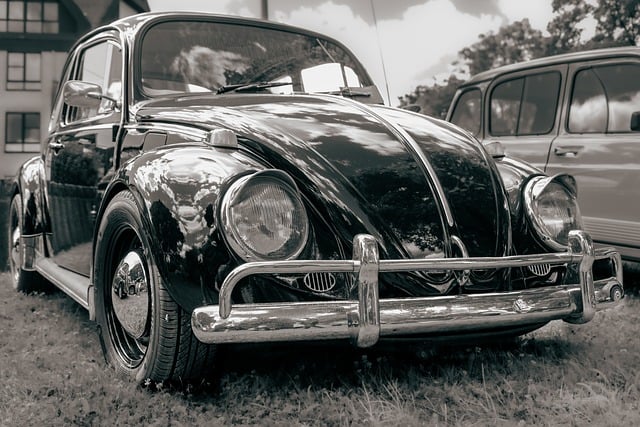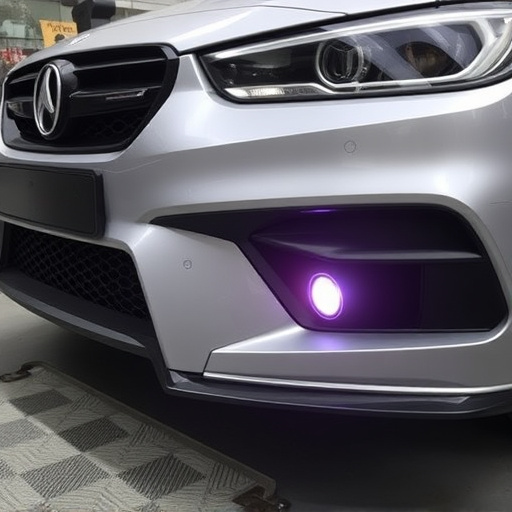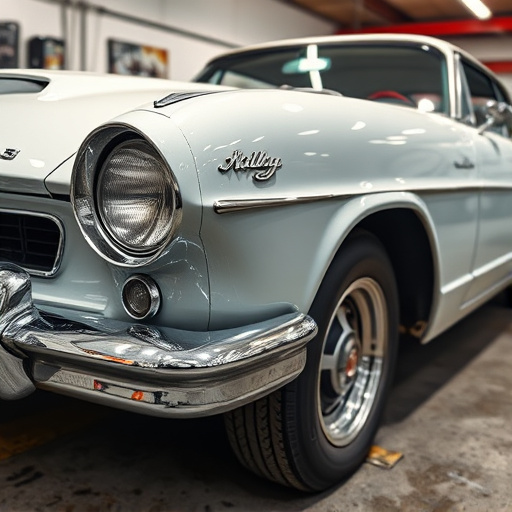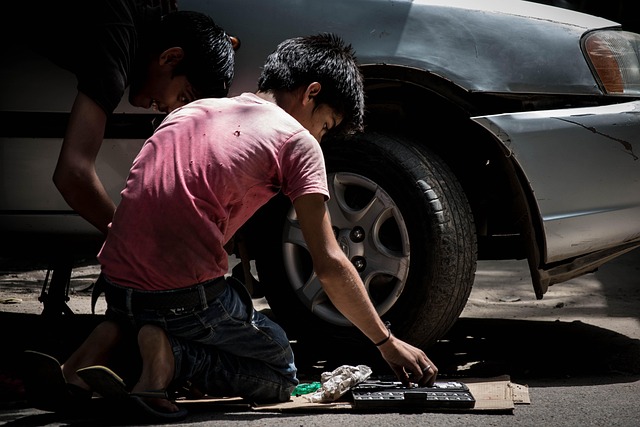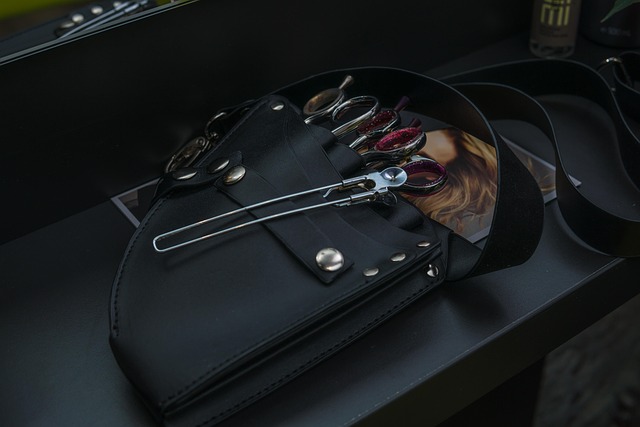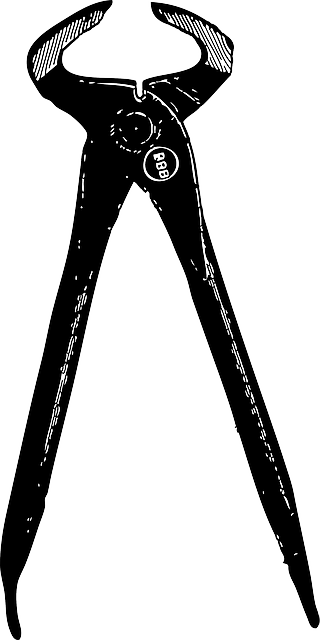Aluminum panel dent repair is a specialized process demanding precise techniques. It begins with assessing damage, extracting dents, and preparing the area for painting. Technicians use advanced tools to realign dents without impacting aluminum's unique properties, ensuring structural integrity. Repair methods vary based on damage severity, from popping smaller dents to frame straightening and skilled paint work for more extensive cosmetic issues, aiming for seamless integration and original finish matching.
“Aluminum panel dent repair is a meticulous art, ensuring not just cosmetic enhancement but also structural integrity. This comprehensive guide delves into the science and best practices behind high-quality repairs. From understanding the physics of dent removal to selecting the right tools, every step matters. We explore various damage types and their unique solutions. Additionally, we provide post-repair assessment techniques, guaranteeing a flawless finish and prolonged panel life. Master these strategies for effective aluminum panel dent repair.”
- Understanding Aluminum Panel Dent Repair Process
- – The science behind aluminum panel dent repair
- – Types of damage and their repair methods
Understanding Aluminum Panel Dent Repair Process
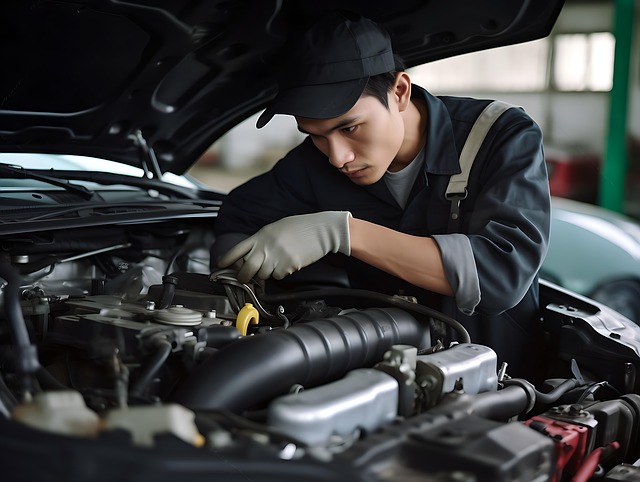
Aluminum panel dent repair is a meticulous process that involves several crucial steps to ensure the restoration of a vehicle’s exterior to its original condition. It begins with an assessment, where technicians identify and measure the dent, determining the extent of damage. This initial phase is vital as it guides the subsequent repairs. The repair itself often includes careful extraction of the dented panel, using specialized tools to return it to its original shape without causing further damage or deformity.
Once the panel is correctly shaped, preparation for auto body painting begins. This involves cleaning and priming the area to ensure a smooth finish. Car bodywork services professionals may use various techniques like sandblasting or chemical treatments to remove imperfections and create a uniform surface. After preparation, the damaged area is filled and smoothed, matching the surrounding panel as closely as possible. Lastly, auto glass repair expertise can be utilized for any related cracks or chips, ensuring the overall aesthetics and safety of the vehicle’s exterior.
– The science behind aluminum panel dent repair
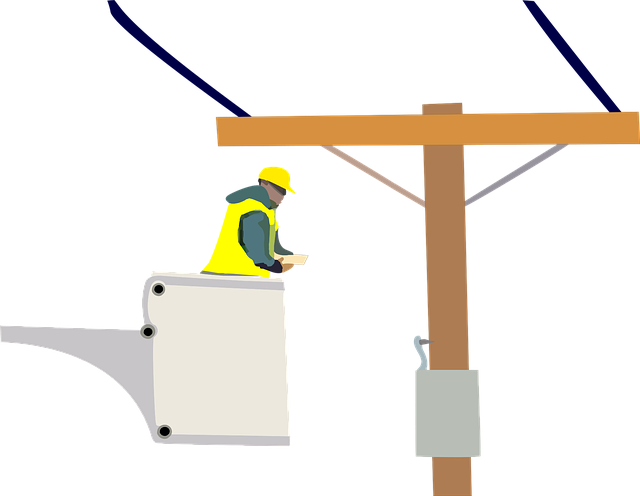
Aluminum panel dent repair is a meticulous process that involves understanding the unique properties of aluminum and how it behaves when bent or damaged. Aluminum, a lightweight metal with excellent corrosion resistance, has a distinct microstructure consisting of grains and intermetallic phases. When a dent occurs in an aluminum panel, such as those found in modern vehicle bodywork, the repair process aims to realign these structural elements without causing further damage or weakness.
The science behind this repair technique leverages specialized tools and methods tailored for aluminum’s characteristics. Unlike steel, aluminum does not have the same level of elastic memory, so traditional hammering or hand techniques are often ineffective. Instead, trained technicians use advanced equipment like hydraulic presses and precision-controlled heating to gently realign the dented panel. This process ensures minimal distortion of the metal’s natural grain structure, resulting in a repair that matches both structural integrity and aesthetic quality—crucial aspects for maintaining the overall condition of a vehicle during car restoration or collision repair services.
– Types of damage and their repair methods
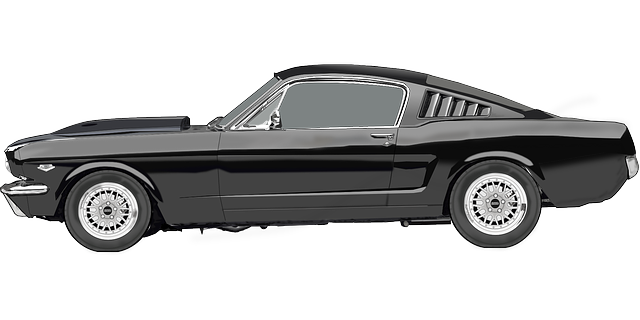
Aluminum panel dent repair involves addressing various types of damage that can occur to vehicle bodies made from this lightweight metal. Common issues include dents, dings, and creases caused by accidents, parking incidents, or impact with debris on the road. Fortunately, there are several effective methods to restore the original appearance of aluminum panels without compromising their structural integrity.
For smaller dents and dings, a process known as “popping” can be used, where specialized tools are employed to gently push out the dented area back into place. This non-invasive technique is often followed by a meticulous auto painting process to match the vehicle’s original finish. More severe damage may require frame straightening, which involves using advanced machinery to realign and straighten the metal panels. In cases of significant cosmetic issues or where the panel needs replacement, skilled technicians can expertly handle vehicle paint repair, ensuring seamless integration with the existing body structure and color match.
In conclusion, achieving quality aluminum panel dent repair requires a thorough understanding of both the material’s unique properties and the various types of damage it can sustain. By mastering the science behind the process and employing the appropriate repair methods for different damages, professionals can ensure precise and lasting results. With these techniques in place, damaged aluminum panels can be restored to their original condition, preserving their structural integrity and aesthetic appeal.
